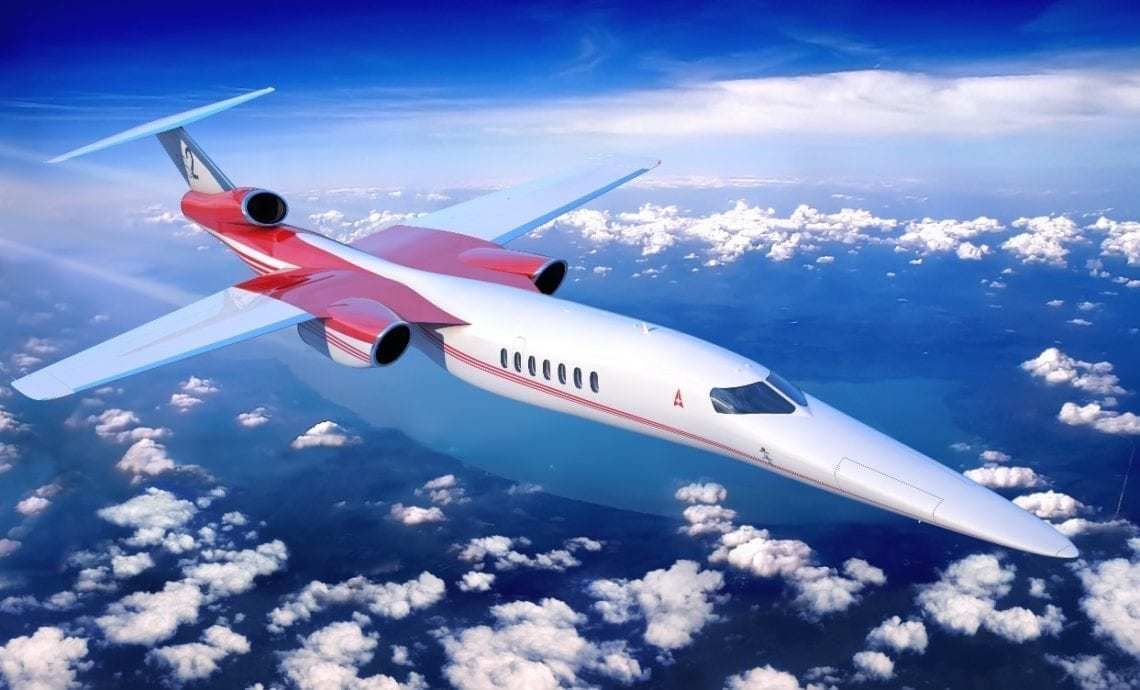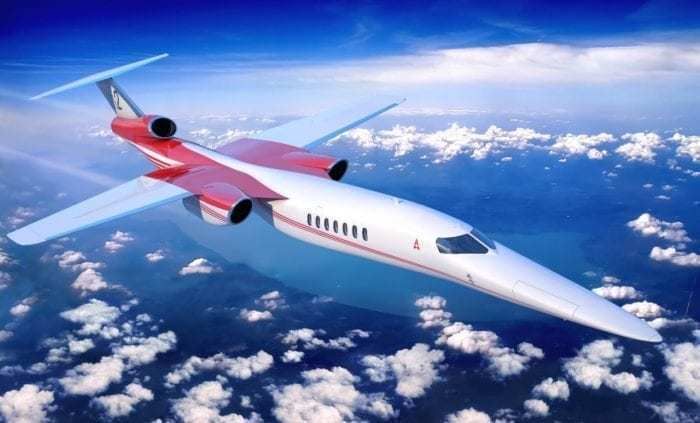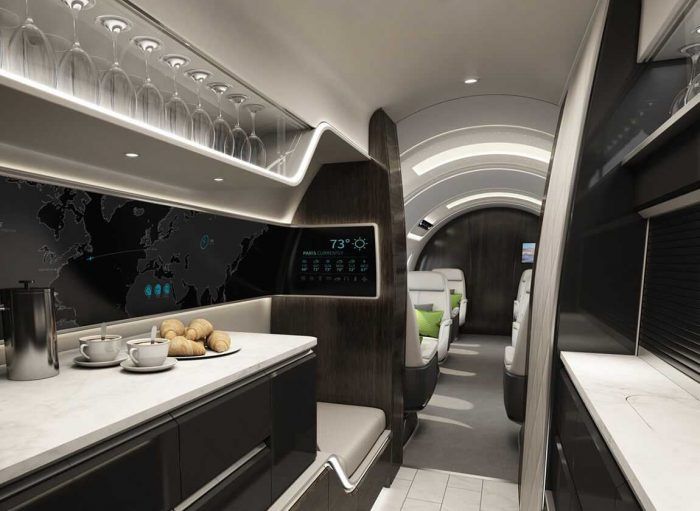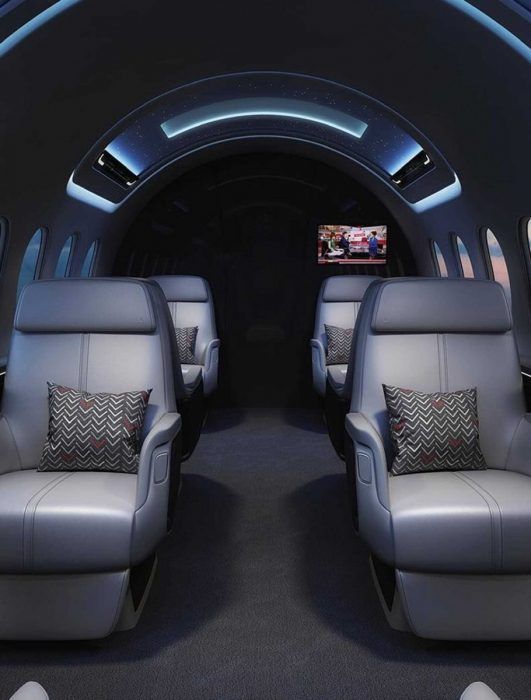New technologies are helping supersonic flying make a comeback. While the aviation industry has been under scrutiny for its role in climate change over the years, Aerion is looking to maintain sustainable supersonic travel with the AS2.
Pioneering project
This plane will be the first privately built supersonic commercial aircraft ever. Set to enter into service by 2026, the model will deliver a Mach 1.4 supersonic cruise. It will also maintain the fastest subsonic cruise of any jet in history at Mach 0.95.
These speeds will help passengers reach their destinations hours faster than standard jets. Fliers will be able to reach London Heathrow from New York JFK in just over four hours. Additionally, passengers will be able to reach Moscow from New York in less than six hours.
Aerion has also partnered with some key names in the market to help complete the project. GE, Aernnova, GKN, Safran, and Potez have all collaborated together to offer a flight with the utmost comfort for customers, with quiet engines and plush interior.
Essentially, the company hopes to provide business travelers with a more effective method of transportation than traditional means.
Meeting requirements
Aerion senior vice president of marketing & communications Matthew Clarke believes that time is humanity’s most precious resource but people spend too much of their lives on planes. Therefore, AS2 will significantly reduce the time it takes to travel while offering greater comfort.
However, unlike several business jets, Aerion is focused on combining sustainability with supersonic travel.
"Before now, the technology to build a sustainable supersonic jet has simply not existed," Clarke told Simple Flying.
"But now, through GE Aviation’s incredibly efficient supersonic engine, the Affinity Engine, the AS2 will be the first commercial supersonic aircraft to fly at supersonic speeds over land with no supersonic boom striking the ground."
The businessman feels that speed and care for the environment do not need to be mutually exclusive and it is his firm's aim is to prove this is possible. By going down this path, it hopes to bring supersonic flight back to aviation development and pave the way for more widespread adoption.
Measures in place
Altogether, Clarke is committed to having carbon neutral emissions from flight one.
"There are four central components to the actions we will take:
- Our Aircraft. Will be designed to incorporate the most advanced aerodynamics and incorporate non-afterburning engines.
- Our Energy Source. Our aircraft is designed to run on 100% sustainable aviation fuels. (Delivering a net carbon reduction of 80%).
- Our Planet. We will plant 100,000,000 trees by 2036.
- Our Customers. We will launch an AS2 Customer Care Program offsetting all AS2 carbon emissions as no additional cost from our customers."
Ultimately, supersonic travel had a lot of potential to progress during the Concorde era. However, the global market is in an entirely different situation today.
The global economy is now incredibly small and companies are increasingly conducting cross-continental business in new segments. Several carriers such as United Airlines and Virgin Atlantic are recognizing this shift by expanding routes to emerging business hubs across the globe.
With the demand for faster travel growing and the need for more sustainable travel increasing, the AS2’s arrival could be the perfect solution for business travelers.
What are your thoughts on Aerion's ambitious project? Let us know what you think in the comment section.




